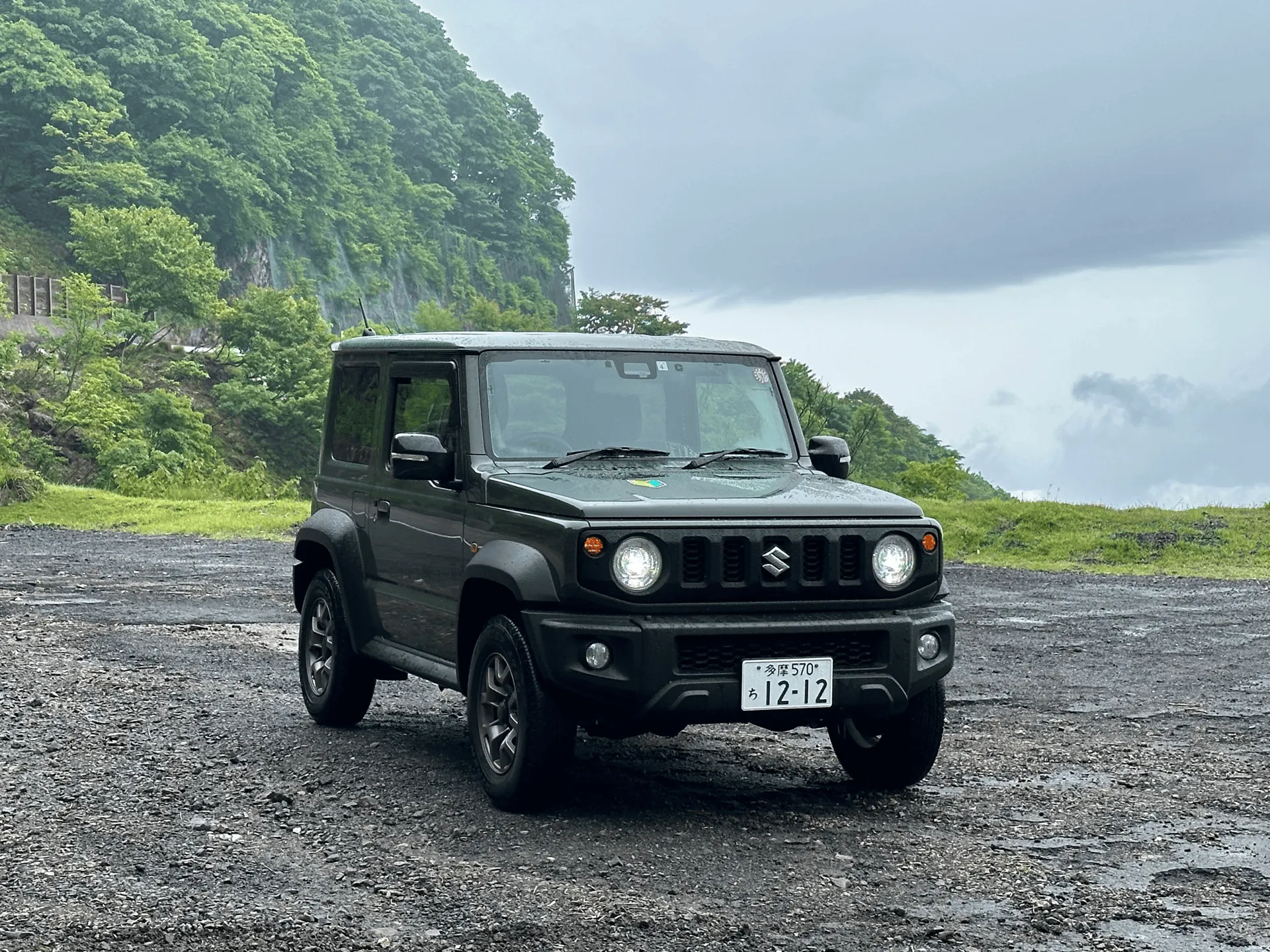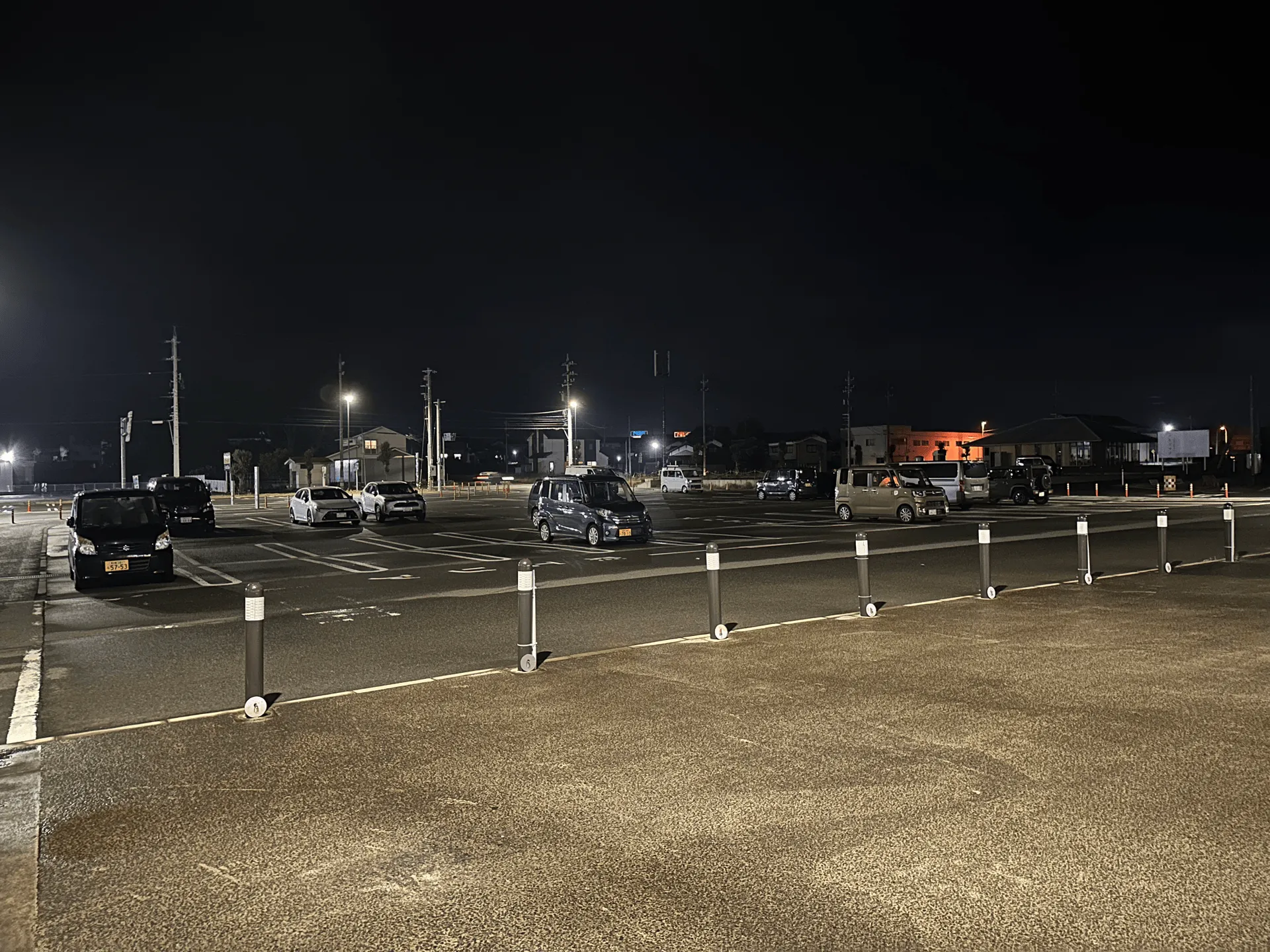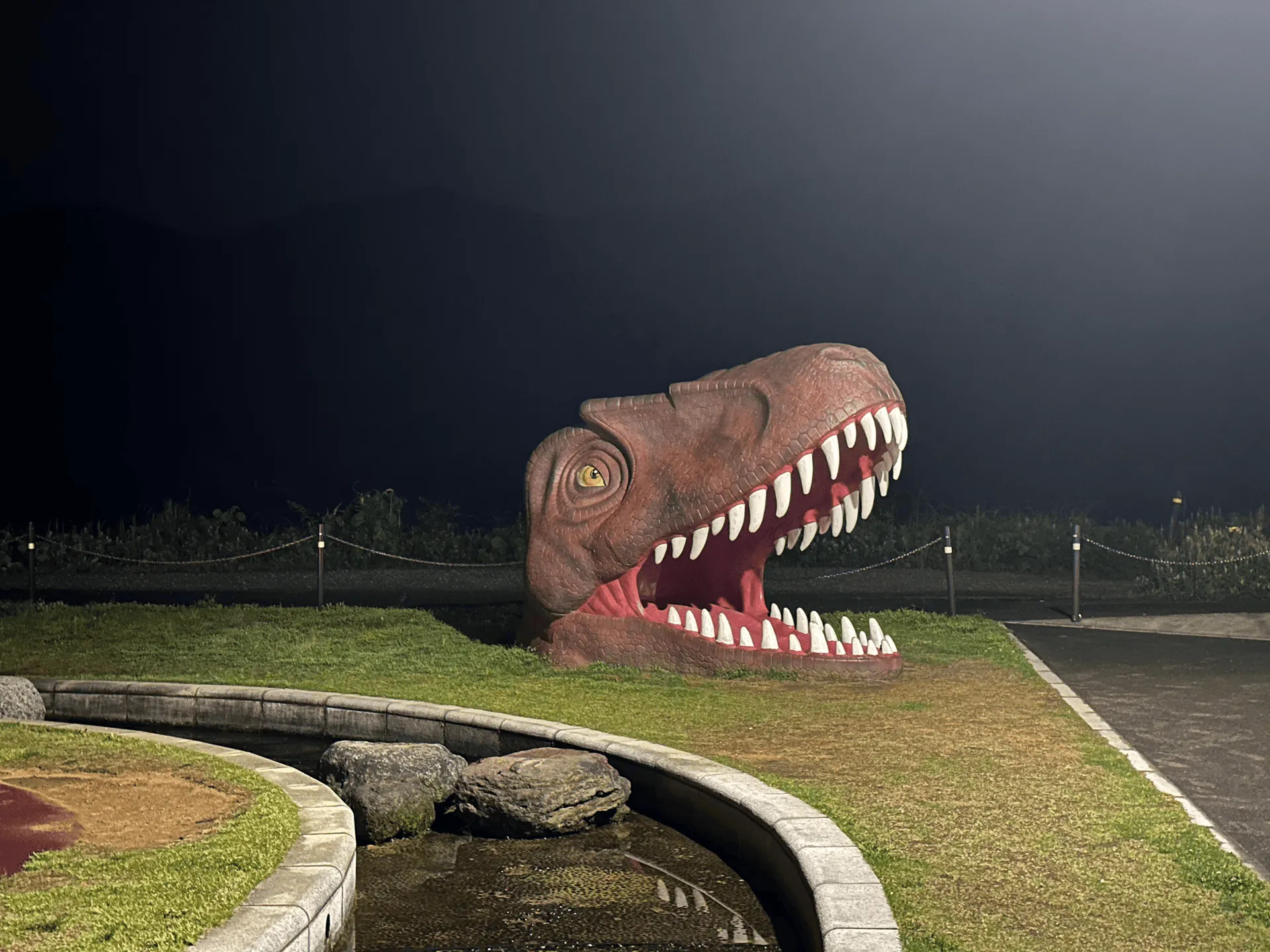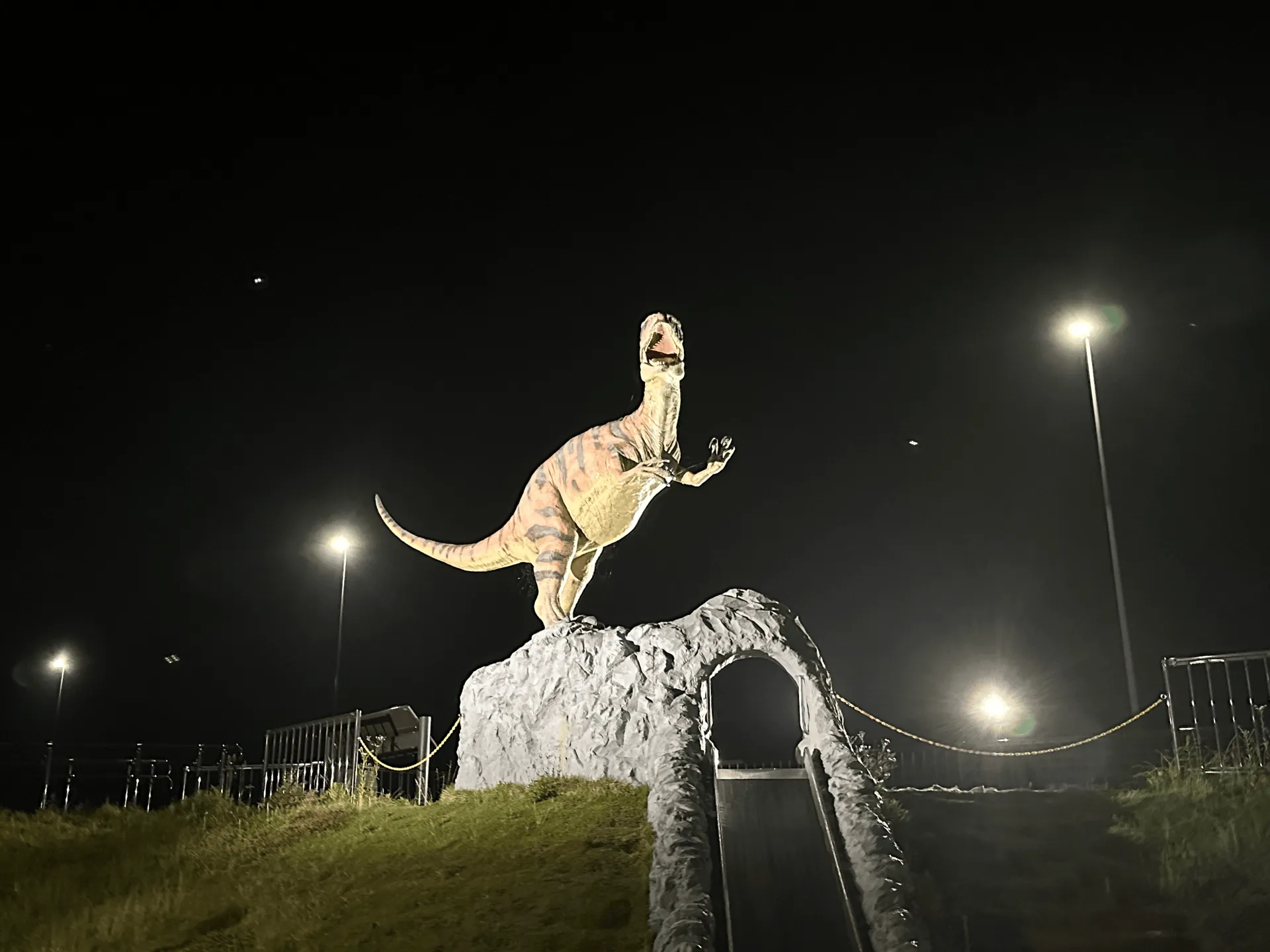Car camping in Japan: sleeping in my Suzuki Jimny

I’ve owned my Suzuki Jimny Sierra for a little over a year now. The front and back seats can lie flat, which makes it perfect for sleeping in. This comes in handy if I’m making a drive to a mountain that’s a bit too far away to do as a day hike. In Japanese, sleeping in your car is known as sha-chuu-haku (車中泊).
In Japan it’s completely normal to sleep in your car (or at least take a nap) while on a long drive somewhere - and as long as you are quiet and unobtrusive about it you shouldn’t have any concerns. I would recommend bringing along window covers for a bit of privacy. My recommendation for where to sleep would be at rural roadside stations known as michi-no-eki, and if those aren’t available, your next best bet would be a service station on the highway.
What it’s like sleeping in my Jimny

So once you lay the front and back seats flat, as a 5’6” person I can comfortably sleep in the car with my camping gear (an inflatable mat and sleeping bag). It’s best for solo use - so you can have half the car for sleeping and the other half to store all of your stuff.
I reckon it would be quite an uncomfortable experience for two people, as there wouldn’t be any place to store your gear. You would probably need a roof rack and carrier to store your stuff above the car instead.
Car camping at Michi-no-eki
Michi-no-eki are roadside stations found across Japan where you can park your car to take a break from a long drive. They’re not officially supposed to be used for car camping per se, but no one will bat an eye if you use it for sleeping. But sleeping only! People generally go straight into their cars and hide away for the night, rather than lounging around outside of it.

Michi-no-eki usually have a store open on-site between 9 to 5pm (selling local goods), and beyond those hours there will be a toilet available 24/7. They are usually off from the highway, so are fairly quiet during the night.
On a trip I took last year to Mt Ibuki and Mt Arashima I had the opportunity to sleep at the Michi-no-Eki Katsuyama in Fukui. Fukui’s claim to fame is having discovered a number of dinosaur fossils, so this michi-no-eki was appropriately dinosaur-themed.


Service areas
Service areas are roadside stations on a highway. They will generally have extensive food options on-site that are open 24/7 and of course toilets as well. You can also sleep here, although they tend to get more cars coming and going throughout the night, and the overhead lighting is a lot brighter compared to michi-no-ekis. If you are planning on using one, I’d be aware of the noise and to bring good shades for your car windows to properly block out all the light (or wear an eye mask).
Parking areas
Parking areas are like the parking-only version of service areas, and are also on highways. They tend to be smaller and a bit quieter than service areas, so it could be a better option if you spot one on your route.
Sleeping at mountain trailheads
If you’re car camping in preparation for a hike, another option is to stay at the mountain’s trailhead itself. This is also a common practice for people who want to get an early - hikers will start driving at night, arrive at the trailhead in the early hours of the morning, and get a few hours of sleep in before beginning their hike.
For me, whether I do this or not would probably depend on how popular the trailhead is - if it’s fairly niche hike, I wouldn’t feel too safe as a solo hiker to sleep at the trailhead, especially if it’s in a more remote location. Another concern will be whether there is a toilet onsite.
Leave a comment